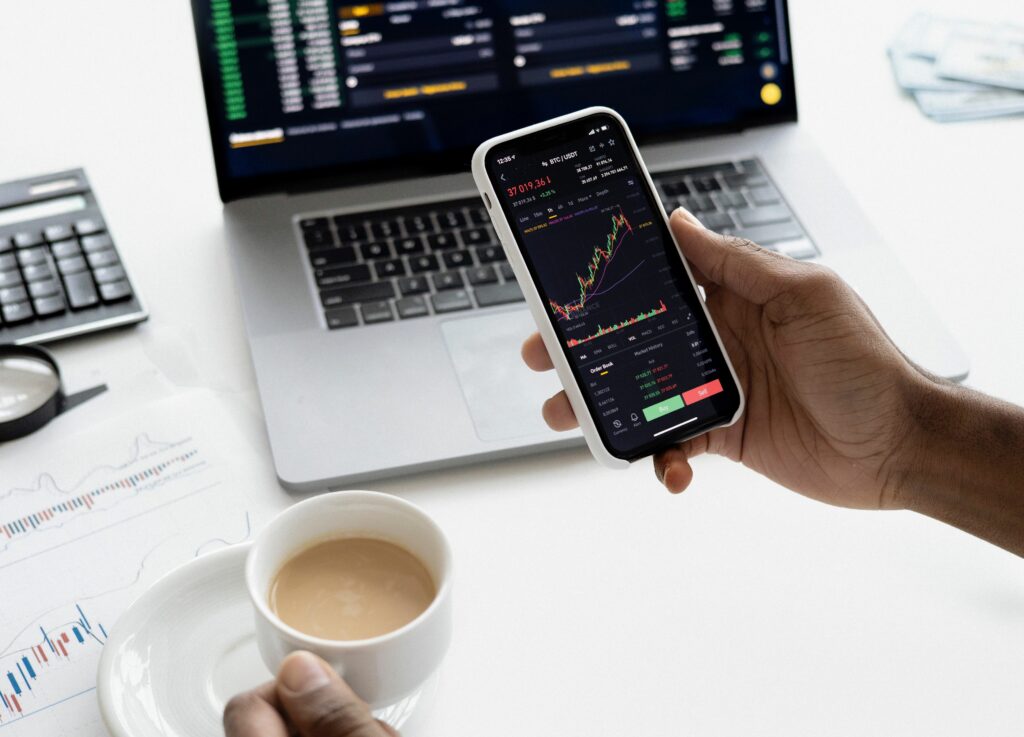Since technology has become a place where people can do the things that used to be exclusive, the rate of people relying on digital services is increasing. Today, many people prefer managing their finances online, including paying their bills, managing their investments, and doing financial trading.
Many types of trading have become popular over the last two decades. There are now digital currencies that you can trade and buy online. But in this post, we’ll talk about a different type of trading. That is CFD trading.
CFD is the acronym for “contract for difference.” Investopedia defines CFDs as the contracts between an investor and financial institutions. What happens is an investor takes a position in the future value of a specific asset. The investor and financial institution settle the difference between the open and closing trade rates.
Understanding and trading CFDs can be challenging, especially for beginners. If you also have zero knowledge about what they’re about or how it works, that’s okay. In this post, let’s learn more about CFDs by learning about some of their facts.
1 – You can trade various underlying assets with CFD.
Contracts for Differences allow you to trade underlying assets, like, stocks, indexes, cryptocurrencies, and commodities, without owning them. When you trade any underlying asset with CFD, you will either make or lose the difference between the price you bought the asset for and the price you’ll sell it at, as stated by Blackbull Markets.
2 – You’ll never own the underlying asset you’ll trade in CFD trading.
Investopedia says that a CFD investor never owns the underlying asset he will be trading. As I mentioned earlier, an investor will only receive revenue based on the price change of the underlying asset. One of its perks is that investors can purchase the underlying asset at a lower cost than if they were to buy it outright.
3 – You can trade long or short in CFD trading.
Learning and understanding financial terms can be overwhelming. But to understand CFD better, I’ll share examples of what it means to go long or short in CFD trading. In this example, let’s say you’re planning to open a trade for a stock when its price is at $1,000. When you go long, it means that you believe the value of your asset will rise. If the initial value of the stock increases from $1,000 to $1,100, you make a profit of $100.
Short, on the other hand, refers to when you’re expecting the asset’s price to go down. If you open the CFD trade at $1,000 and its value decreases to $950, you’ll earn a profit of $50 with a short trading account. But even though that’s how it works, if the market moves against you in either trading type, you’ll incur a loss.
4 – CFD trading allows you to access larger position sizes with a smaller deposit, a.k.a leverage.
One of the reasons many are interested in trading CFDs is because of leverage benefits. Here’s a disclaimer. According to Admiral Markets, your leverage access varies depending on your trading instrument, location, and broker. Let’s say, for example, the leverage of your broker is 1:40.
If your broker’s leverage is 1:40, that means for every $1 in your account, you can access positions worth $40. That means if you want to open an account worth $2,000, you would need a margin deposit of $50. In short, you can access the potential profits and losses of higher position sizes at a lower margin.
5 – CFDs represent a wide range of markets.
I mentioned in my introduction that you can trade many underlying assets in CFD trading. Aside from that, CFDs represent a wide range of markets. That includes forex, shares, commodities, ETFs (Exchange Traded Funds), stock indices, and bonds.
So if you’re planning to start trading CFDs, you might also want to learn more about other markets you can access using your broker’s platform.
6 – You can trade CFDs 24/5 (day availability varies on your broker)
Like foreign currencies, you can trade CFDs 24 hours a day–5 times a week. Most brokers only operate 24 hours from Mondays to Fridays. Some brokers operate seven days a week, but most have at least one to two days off. The one thing that stays the same is that you can trade them for 24 hours. So if you have a tight schedule, you can squeeze in an hour or two for trading CFDs when you can.
7 – Most CFDs don’t have expiration dates
Lastly, most CFD trades don’t have expiration dates. It simply means that you can close your trading positions anytime you want. It is an advantage, especially if you want to do long-term trades. You wouldn’t have to worry about having a loss because of deadlines. But, of course, there are instances when a broker could close your position if it no longer meets their guidelines.
And so much more.
Aside from the seven facts I shared, there are more that will help you appreciate and understand CFDs better. But as a beginner, these seven facts will hopefully help you have enough idea about them and how they work.
Written by Bianca Banda

